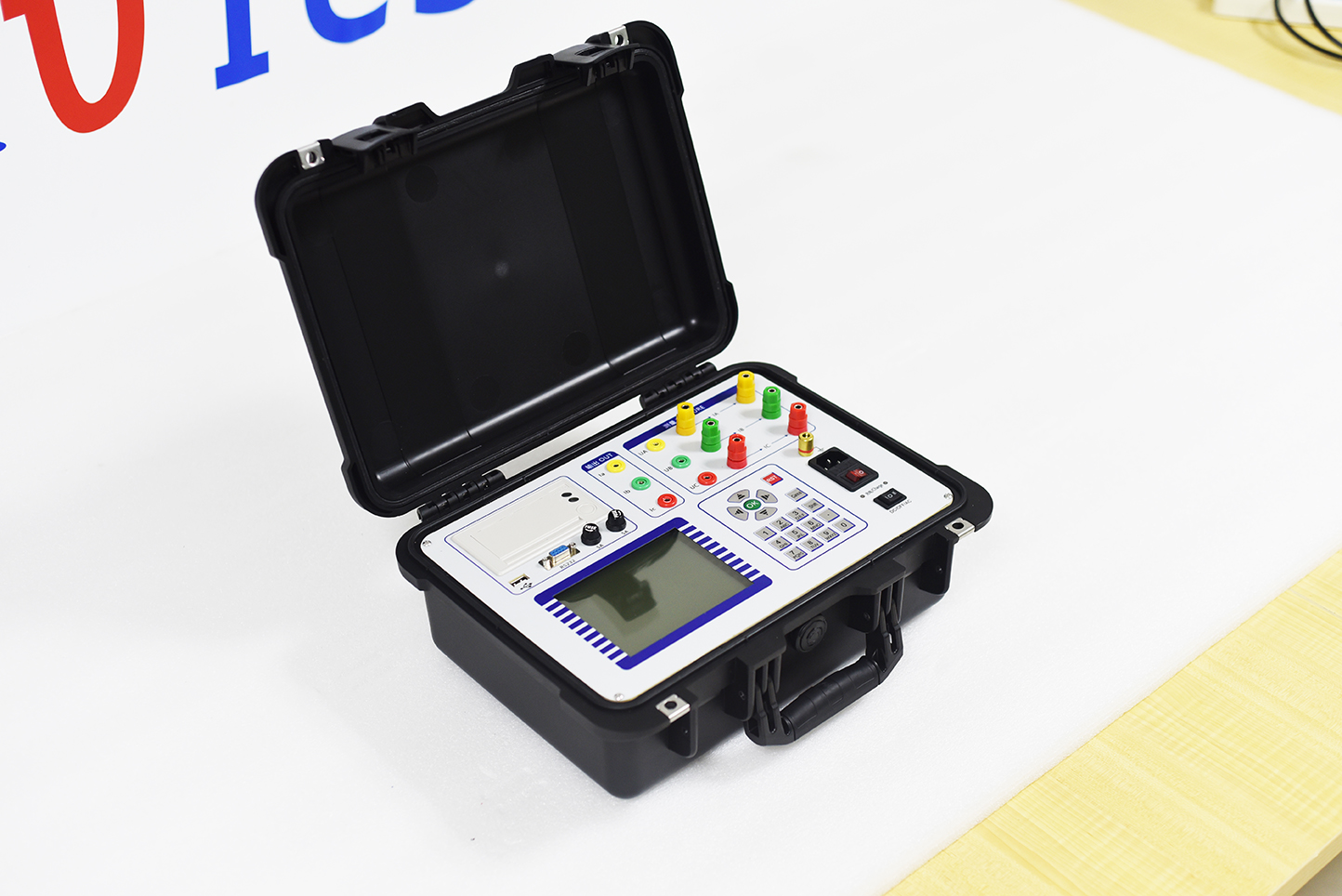Kvtester specializes in producing transformer capacity tester (also known as transformer no-load tester). Next, let's share how to calculate the capacity of voltage regulator used in no-load test of power transformer?

Transformer no-load test is a test to measure the no-load loss and no-load current of the transformer by applying the rated voltage of rated sine wave and rated frequency from the windings on both sides of the transformer. Other windings are open. No load current is expressed as the percentage of measured no-load current I0 and rated current ie, which is recorded as IO.
When there is a significant difference between the test measured value and the design calculated value, factory value, the value of the same type of transformer or the value before overhaul, the cause shall be found out.
No load loss is mainly iron loss, that is, hysteresis loss and eddy current loss consumed by iron core. At no-load, the excitation current flowing through the primary winding will also produce resistance loss. If the excitation current is small, it can be ignored. The no-load loss and no-load current depend on the capacity of the transformer, the structure of the iron core, the manufacturing of silicon steel sheet and the manufacturing process of the iron core.
The main reasons for the increase of no-load loss and no-load current are: poor insulation between silicon steel sheets; Short circuit of some part of silicon steel sheet; Short circuit turn caused by insulation damage of core bolt or pressing plate, upper yoke and other parts; Loose silicon steel sheet, even air gap, increasing magnetoresistance (mainly increasing no-load current); The magnetic circuit is composed of thicker silicon steel sheets (no-load loss increases and no-load current decreases); Use inferior silicon steel sheets (mostly seen in small distribution transformers); Various winding defects, including inter turn short circuit, parallel branch short circuit, different turns of each parallel branch and incorrect ampere turn acquisition. In addition, due to improper grounding of magnetic circuit, no-load loss and current increase will also be caused. For small and medium-sized transformers, the size of iron core joint will significantly affect the no-load current in the manufacturing process.
The test voltage of no-load test is the rated voltage at the low-voltage side. The no-load test of transformer mainly measures the no-load loss. No load loss is mainly iron loss. The size of iron loss can be considered to be independent of the size of the load, that is, the loss under no-load is equal to the iron loss under load, but this refers to the case under rated voltage. If the voltage deviates from the rated value, the no-load loss and no-load current will change sharply because the magnetic induction in the transformer core is in the saturation section of the magnetization curve. Therefore, the no-load test shall be carried out at the rated voltage.





